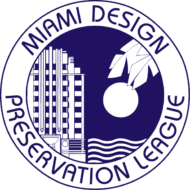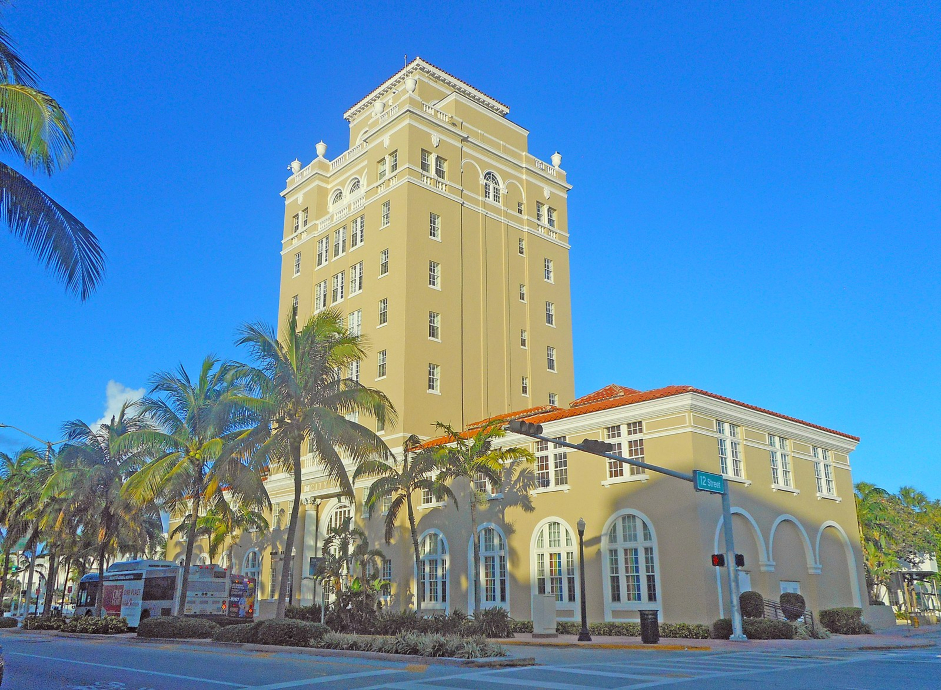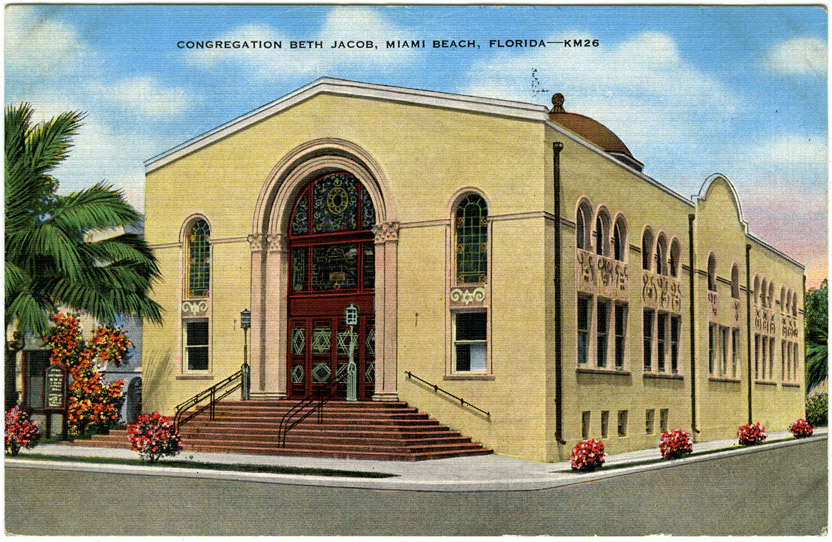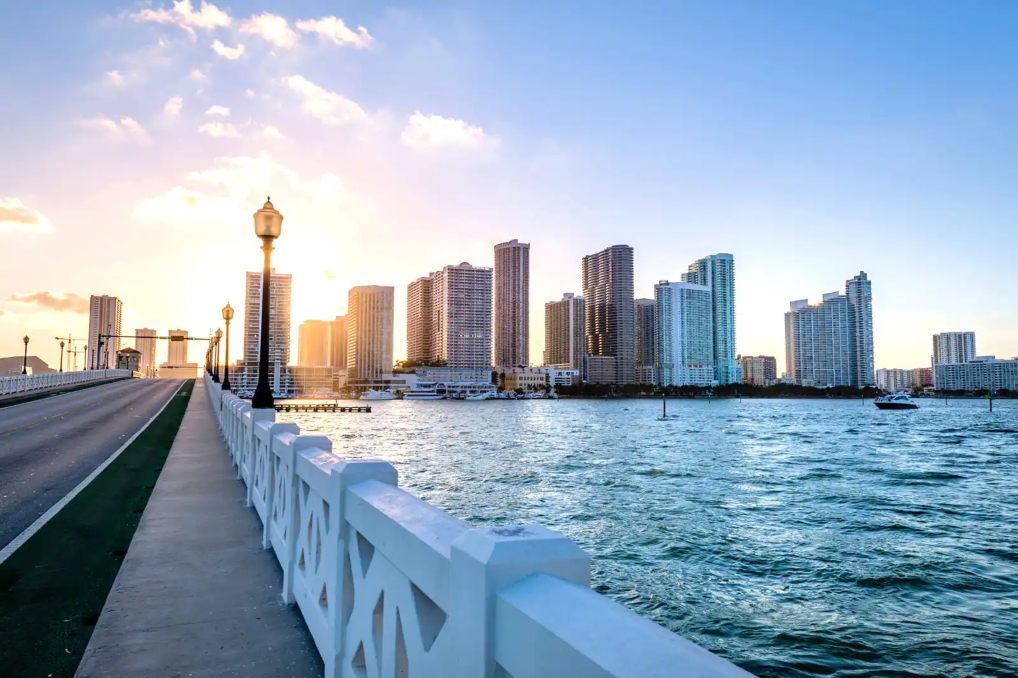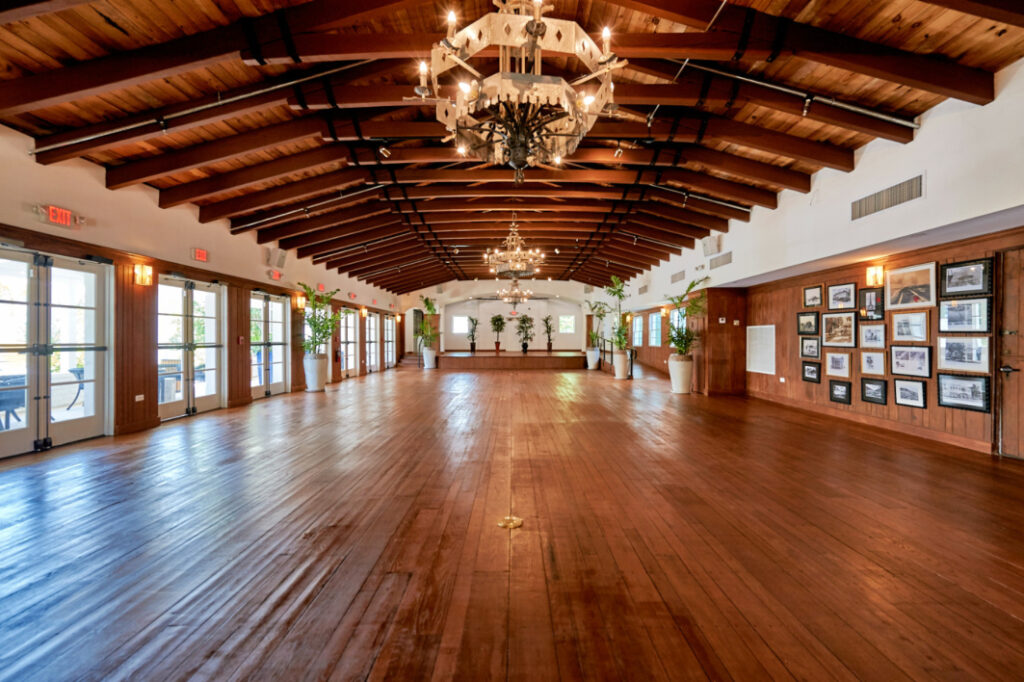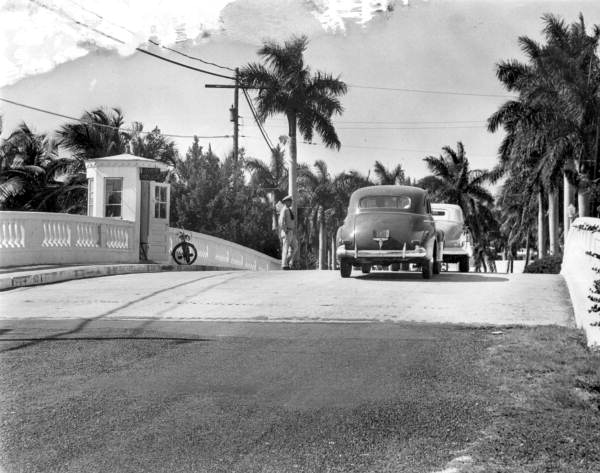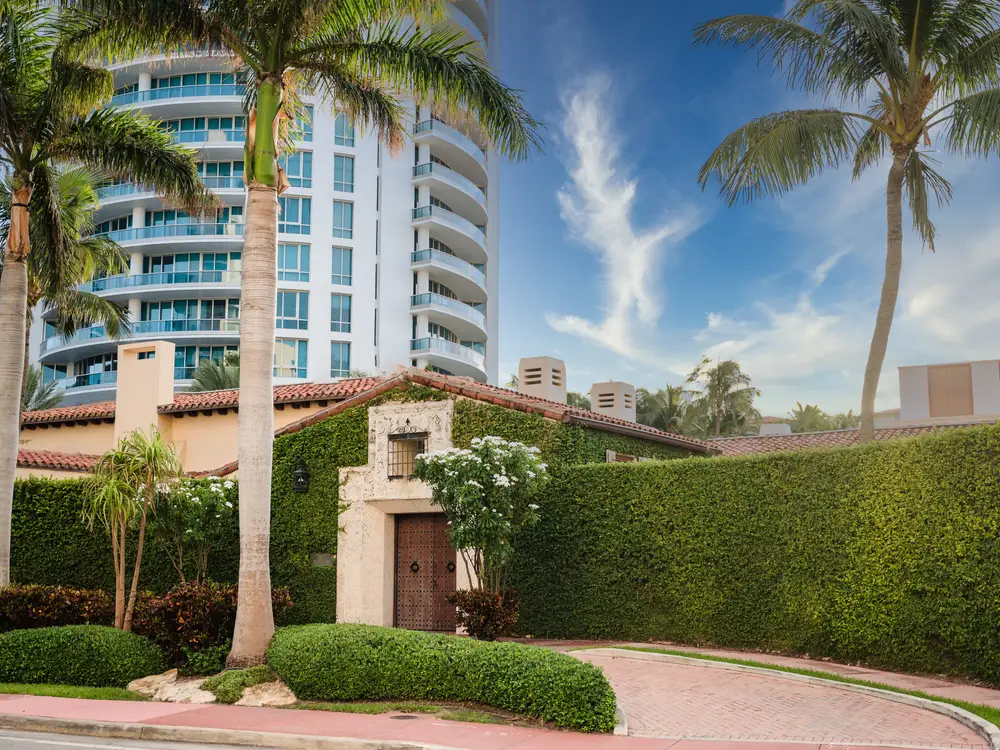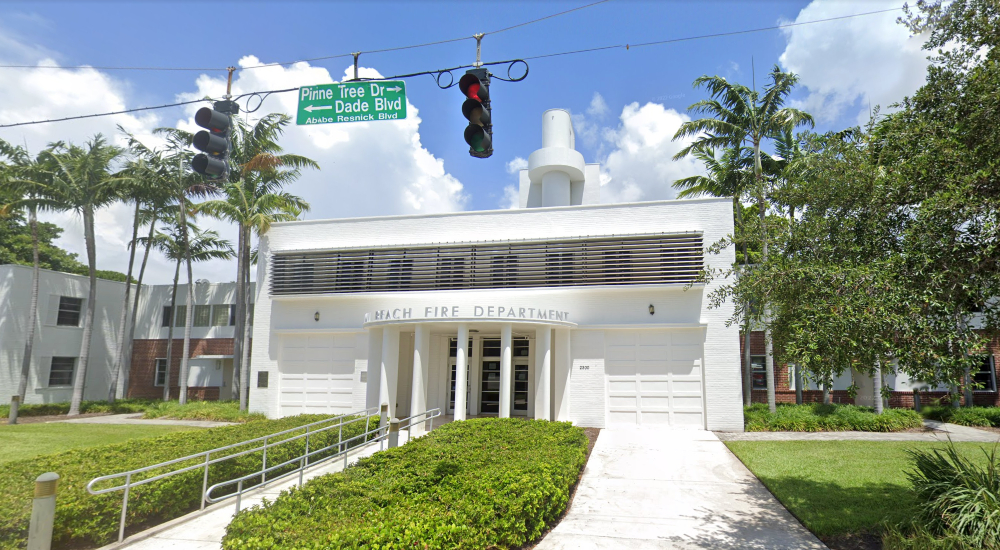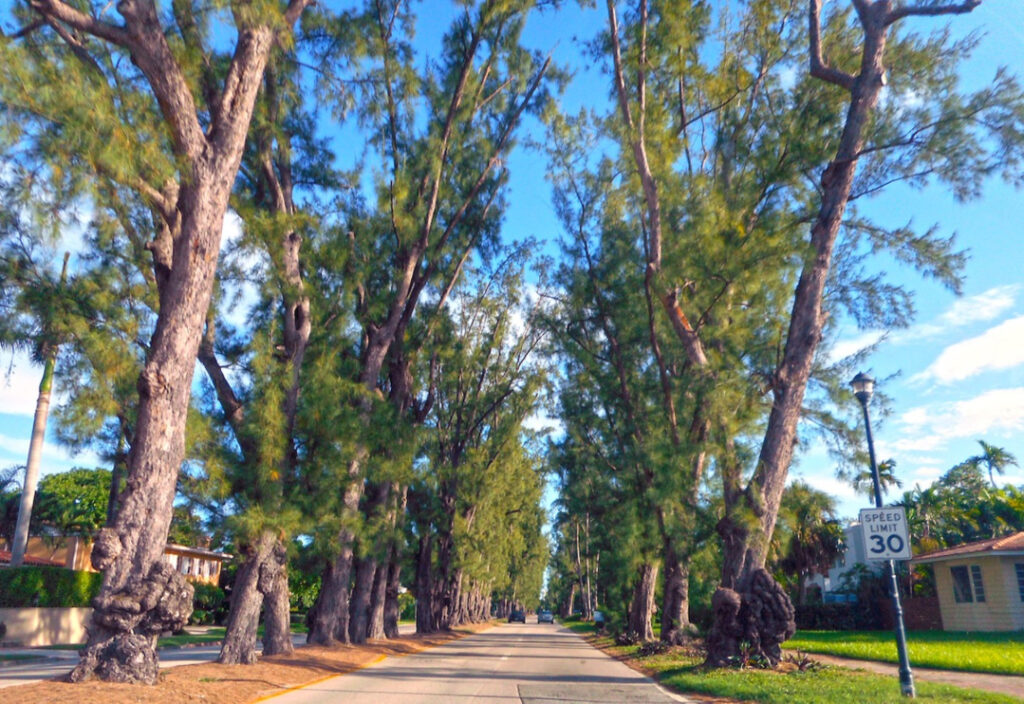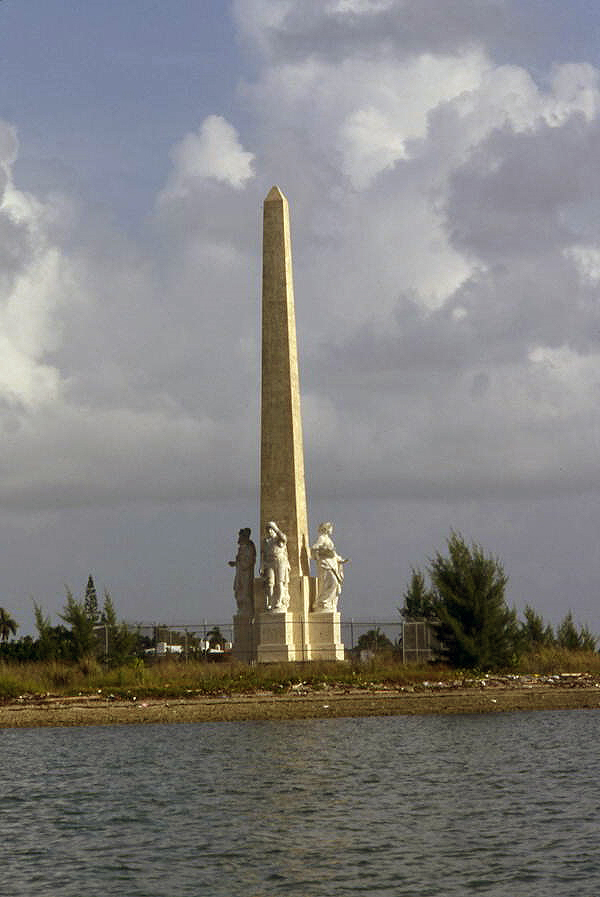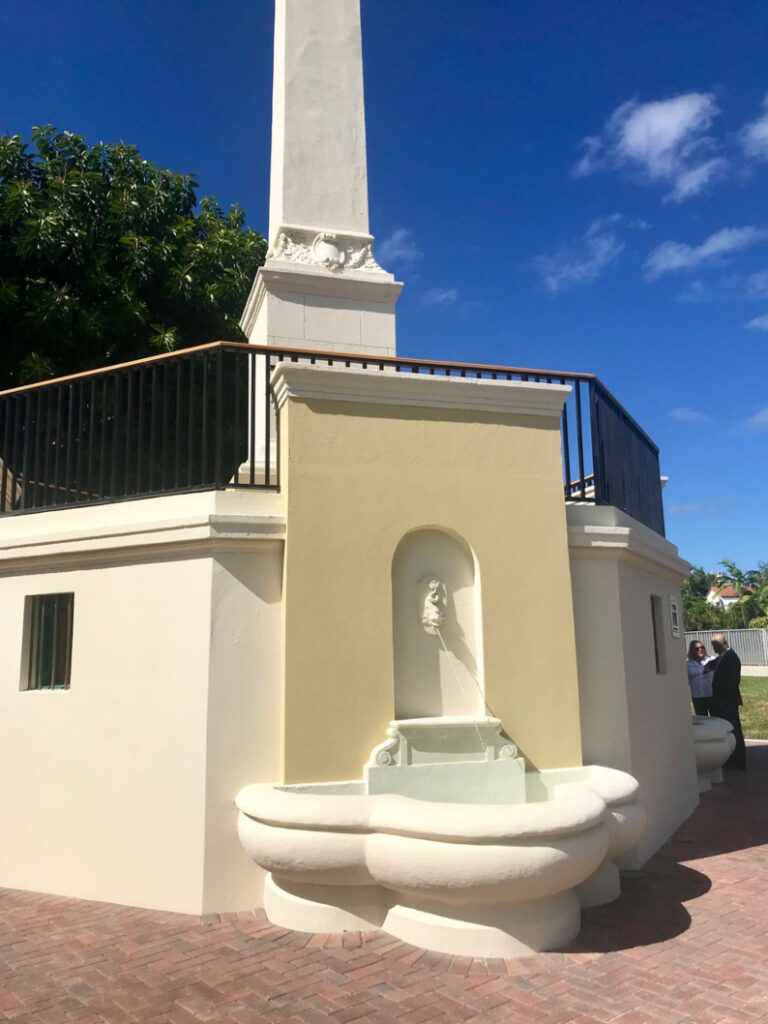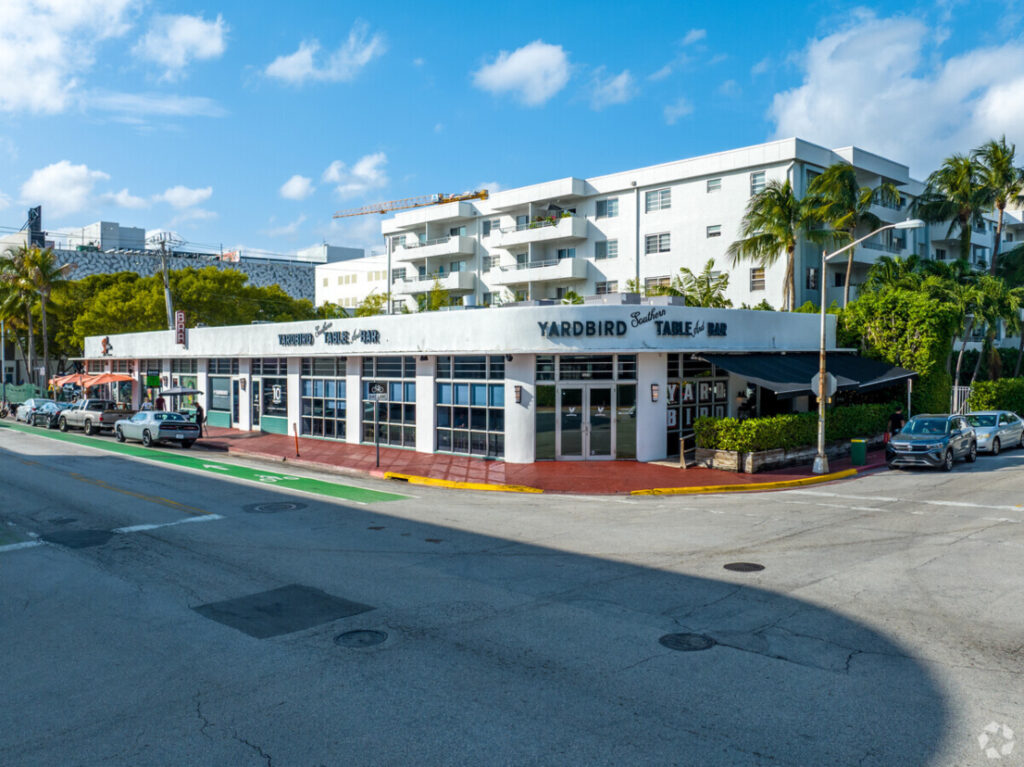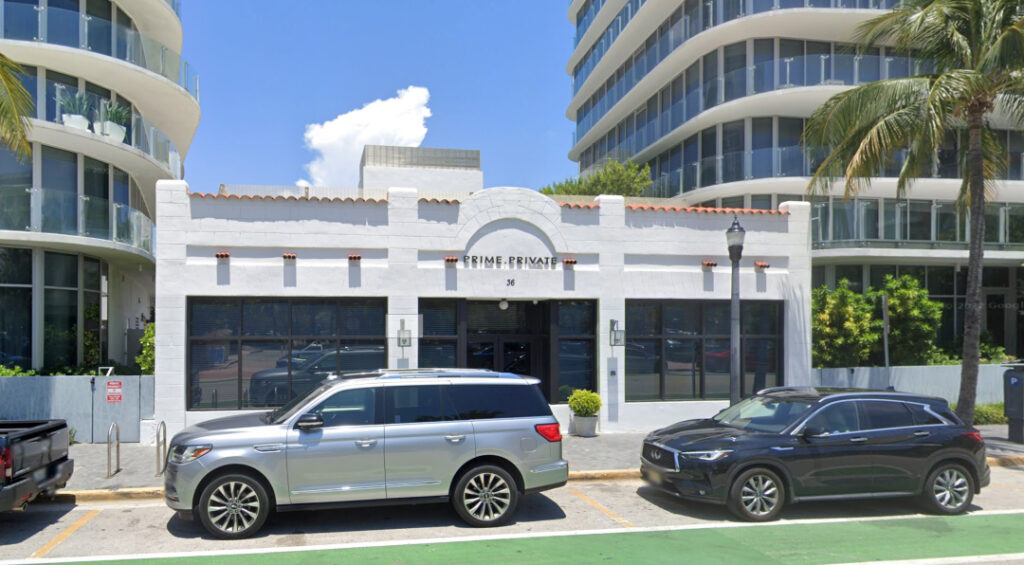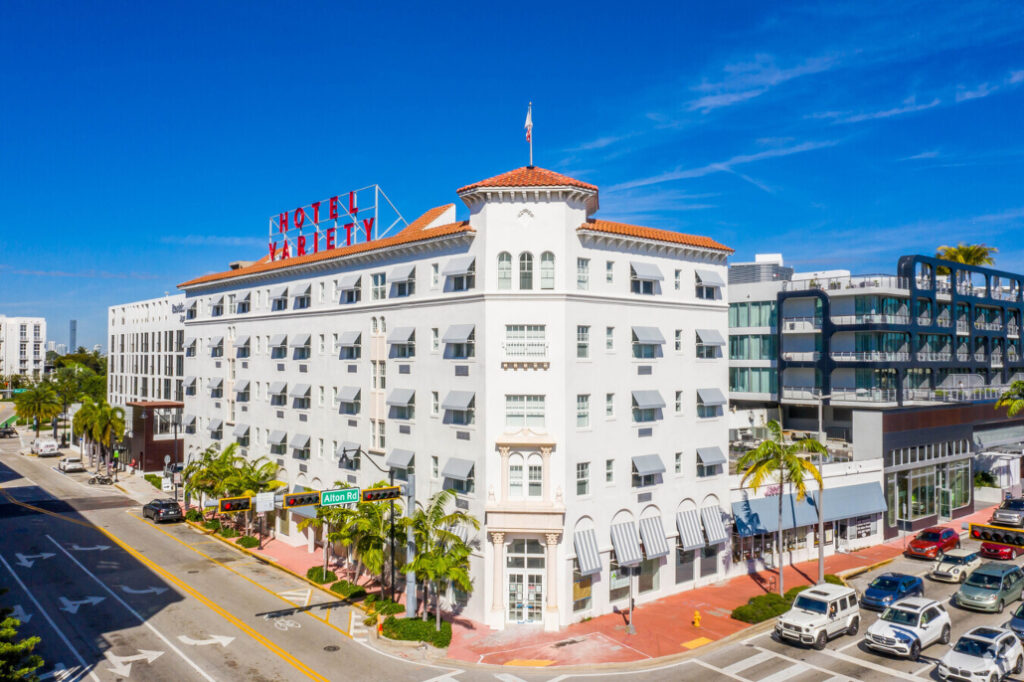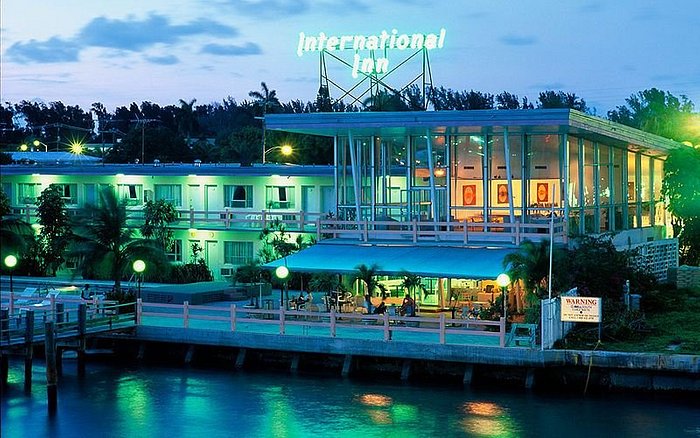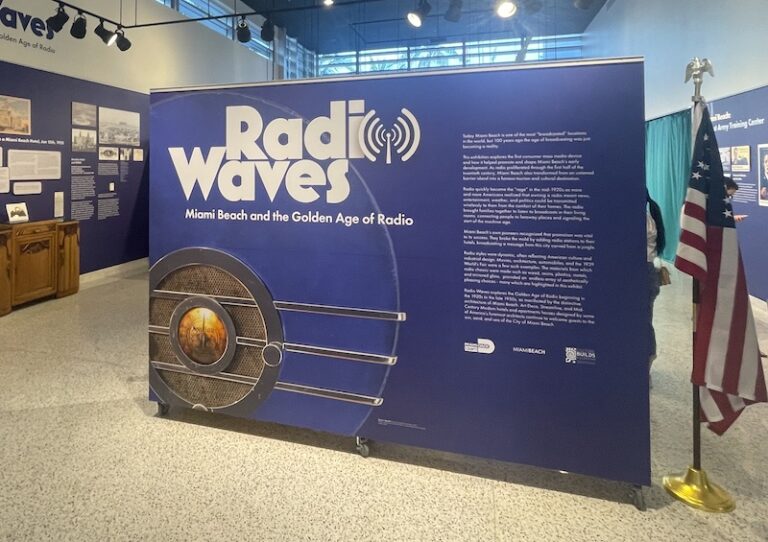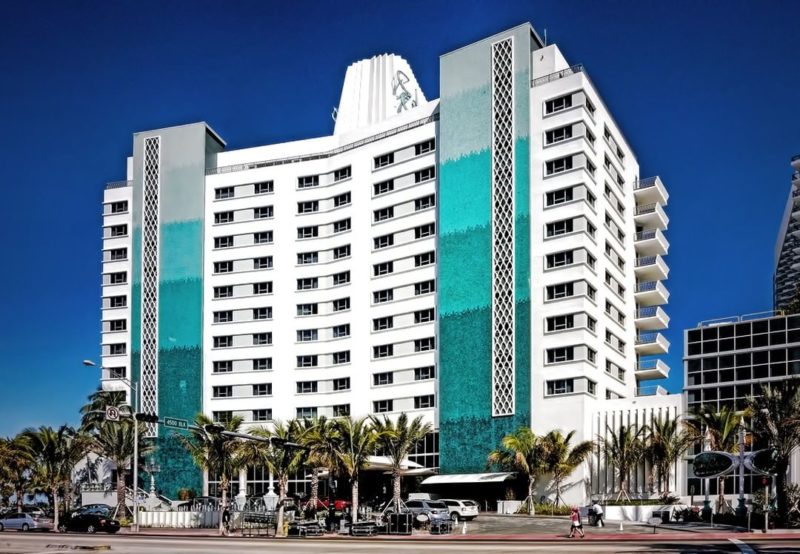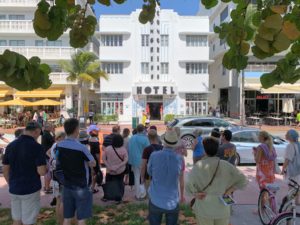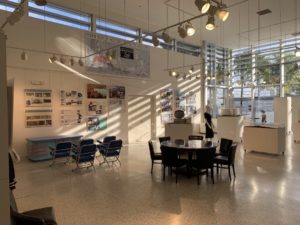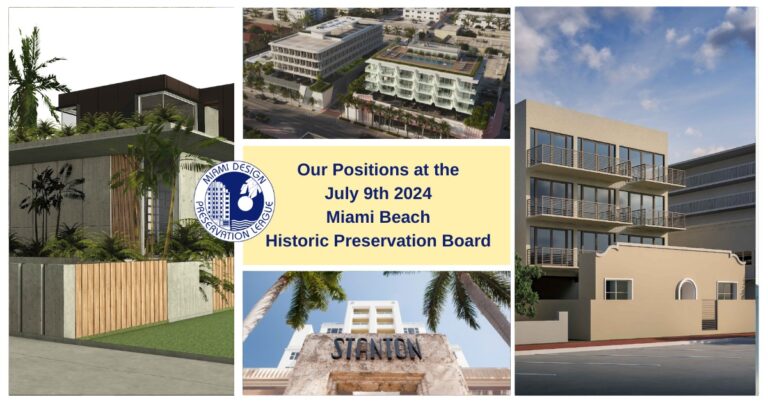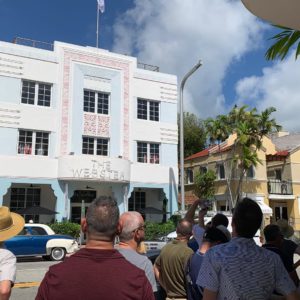Miami Beach: home to pristine beaches, vibrant art deco buildings, and plenty of tropical flair.
Established on March 26, 1915, the city is also packed with historic sites that tell the story of its earliest days to today.
Here are the top individually listed historic sites in Miami Beach you can check out next time you’re in town:
1. Old City Hall
Miami Beach’s second City Hall building, commonly known as Old City Hall, is located at 1130 Washington Ave. It was home to municipal government from 1928 to 1977.
The Mediterranean Revival building designed by Martin L Hampton is known for its use of symmetry and stylistic features. It took over a smaller and more modest City Hall building and represented a sense of optimism following the land boom of the 1920s.
One of its key features is its 9th-floor observatory, where residents could get panoramic views of the city, the Atlantic Ocean, and Biscayne Bay.
2. 21st Street Recreation Center
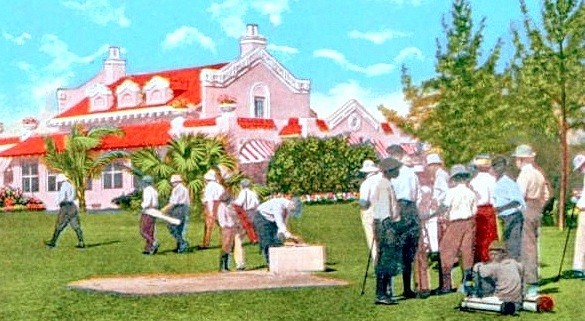
Built in 1916, a year after the incorporation of Miami Beach, the 21st St Recreation Center (2100 Washington Ave) is one of the oldest municipal buildings in the City. It was initially built as a clubhouse for one of Carl Fisher’s three golf courses.
Designed by August Geiger, it is known for its Eclectic architectural style.
The building combines the Spanish and Dutch colonial styles of the era. Some of its key features are its stucco ornaments, arcaded ground floor loggia, and its tiled roof.
3. Congregation Beth Jacob
The Beth Jacob Social Hall and Congregation, located at 301 and 311 Washington Ave, is known for being the first synagogue in Miami Beach.
Built in 1929 and 1936, the synagogue and social hall filled an urgent need for the city’s Jewish community. The building symbolized that Jewish people were accepted and a permanent part of the City.
The 301 building, which Henry Hohauser designed, is now the Jewish Museum of Florida-FIU.
4. Venetian Causeway
Currently the oldest causeway remaining in its original span, the Venetian Causeway, completed in 1926, connects mainland Miami from NE 15th St to Miami Beach on Dade Boulevard across Biscayne Bay.
Comprised of twelve bridges, including two drawbridges, it spans 2.5 miles and crosses six islands.
It is known for its low symmetrical railings allowing unobstructed views of the bay.
5. Miami Beach Woman’s Club
Established in 1926 by influential women in the city, the Miami Beach Woman’s Club was founded to foster a neighborly community in the area. It is known as the home to the city’s first-ever library.
In 1927, Carl Fisher donated a site on Pinetree Drive for the club to meet. It was completed in 1933.
The building, designed by Russell Pancoast, exemplifies the California-Ranch/Mission style. It features arched doorways, an arcade walkway, gabled roofs, and southwest-style shutters.
6. Sunset Island Bridges 1, 2, and 4
The Sunset Islands were developed by S.A. Lynch, president of Paramount Pictures. Lynch was known for his publicity efforts for the city.
His Sunset Islands Company helped make the Islands home to famous entertainers, renowned businessmen, and politicians.
These bridges, which connect the islands to each other and to Miami Beach, date back to the City’s first “boom-time” era. Each bridge is about 150 ft long, 40 ft wide, and has a sidewalk on one side of its railings.
7. The Bath Club
The Bath Club (5937 Collins Ave) is Miami Beach’s oldest private bathing club. It originally featured a rooftop saltwater pool and 57 oceanfront cabanas.
Its earliest members were mostly wealthy mid-Westerners who would visit in the wintertime. The club was known for excluding minorities like Blacks, Jews, and Catholics. It now follows a more inclusive approach to its membership.
The one-story clubhouse was designed by Robert A. Taylor and built in 1927 in the Mediterranean style, which became popular in South Florida from 1915 to 1940.
8. Dade Boulevard Fire Station
Located at 2300 Pinetree Dr, this station was constructed as a Public Works Administration (PWA) project in 1939.
The fire station represents a unique example of a building influenced by the Streamline Moderne architectural style. It was designed by architects Robert Law Weed and Edwin T. Reeder.
The central block and tower of the fire station embody the streamlined look and the international and vernacular style of the time.
9. Pinetree Drive Historic Roadway
What we now know as Pinetree Drive was originally a strip of twin lanes of Australian pine trees meant to protect crops of avocados, tomatoes, mangos, and potatoes from heavy winds.
These belonged to a plantation established by Miami Beach pioneer, quaker, and horticulturist John S. Collins.
Formerly known as “plantation road,” the drive divided the farm with its avenue of pines. As the city began developing, the area transformed from agricultural to residential. The pine trees remained a key landscape feature.
10. Flagler Memorial & Monument Island
Henry Flagler is this inspiration for this historic monument. He formed the Florida East Coast Railway and extended the line down the Florida coast from St. Augustine to West Palm Beach, Miami, and Key West.
In 1919, Carl Fisher began planning a memorial to honor Flagler, who had passed away in 1913. The island was completed in 1921. The memorial consists of an obelisk surrounded by statues representing Prosperity, Industry, Education, and the Pioneer.
The artificial island is the result of dredging across Biscayne Bay to make way for the yacht course that drew visitors in Miami Beach’s earliest period.
11. 28th Street Obelisk and Pumping Station
Located at 28th St between Pinetree Drive and Sheridan Ave, this site is associated with the city’s early development period and land boom.
In 1921, the City of Miami Beach worked with leading civil engineers Hazen and Whipple to plan its water supply and sewage disposal system.
By 1925, the city hired the same team to design this pumping station and obelisk. The site was designed in the Mediterranean Revival style of architecture, which was heavily used in the city from the mid-1910s to the early 1930s.
12. 1600 Lenox Ave
This site is located in the first subdivision planned for commercial uses for Miami Beach in 1920.
In the city’s earliest years, Carl G. Fisher emphasized the need to reserve land for commercial services for the growing city.
The commercial building is an example of Streamline Moderne architecture with its continuous eyebrow, curved corner, and tiled knee walls. This style was widely used across the city during the 1930s.
13. 36 Ocean Drive
This one-story commercial building is an example of the Spanish Mediterranean architectural style. It’s located in the first recorded subdivision of the city.
This building is the last remaining one of its kind on Ocean Drive. In the mid-1920s this area was known for its commercial activity, bathing houses, and casinos.
Many of the era’s buildings were designed in the Spanish colonial style, as there was a desire to transform the city into a Mediterranean-inspired metropolis.
14. 1700 Alton Road
This site is home to a five-story hotel and retail building on the corner of 17th St and Alton Road. It was formerly known as the Malborough Hotel and The Mayflower Hotel and is now known as The Variety Hotel.
Built in 1922 and designed by Martin Luther Hampton, this hotel is also an example of the early 1920s Spanish-Mediterranean architecture. This was the style of choice for the first major boom in the city.
In 1922, it was the second-tallest building in the city. It is one of the city’s oldest surviving hotels of its kind and style.
15. Miami Beach Bandshell (formerly North Beach Bandshell)
This site is the former home of the Biscayne House of Refuge, which provided food and shelter to shipwrecked mariners before the city was established.
The House of Refuge was one of the first formal structures erected on the barrier island before it became the city of Miami Beach. It remained in use until the fall of 1926, following the great hurricane.
Originally known as the North Shore Community Center, the Miami Beach Bandshell is located within Bandshell Park near the former site. It was designed by Miami Beach architect Norman Giller in 1961 in the Post-War Modern/Miami Modern (MiMo) style.
16. International Inn
Located at 2301 Normandy Dr, the International Inn is a stunning example of the Miami Modern/MiMo style of architecture.
Formerly known as the Carnival Motel, it was renamed in 1963. The L-shaped 2-story building was built in 1956 and designed by Melvin Grossman. It was originally conceived as an Apartment-Motel.
Its location on the western edge of Normandy Isles near the 79th Street Causeway allows for scenic views of Miami Beach when entering from the City of Miami.
